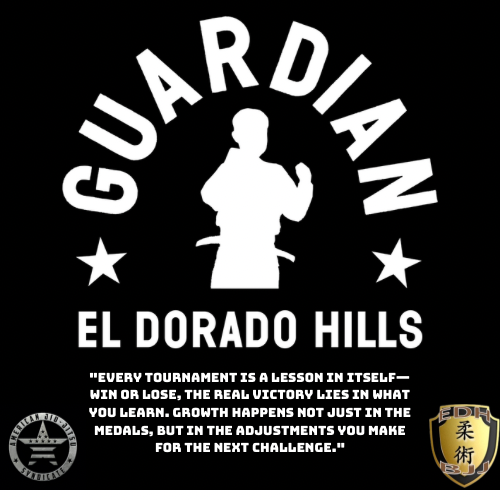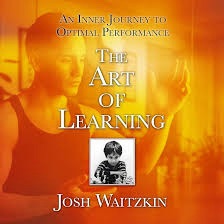At El Dorado Hills Jiu Jitsu, we believe that discipline is not just a personality trait—it’s a skill that anyone can develop and refine. Whether you’re stepping onto the mat for the first time or training for a world-class competition, discipline is the key to unlocking your potential in Jiu Jitsu and beyond.
But what exactly is discipline, and how can we cultivate it in our training and daily lives?

What Is Discipline?
Discipline is the ability to stay committed to your goals, even when the journey gets tough. It’s choosing consistent effort over fleeting motivation and prioritizing long-term growth over immediate comfort.
In Jiu Jitsu, discipline means showing up to class even when you’re tired, drilling techniques repetitively to perfect them, and keeping your emotions in check during a match. Off the mat, it can mean maintaining a healthy lifestyle, setting clear goals, and consistently working toward them.
How to Practice Discipline
The good news is that discipline isn’t something you either have or don’t have—it’s a skill you can build with intentional practice. Here are a few ways to develop discipline both on and off the mat:
1. Start Small
Discipline begins with small, manageable habits. For example, commit to attending one additional class per week or set aside 10 minutes a day to review techniques. As you succeed in these smaller goals, you’ll build the confidence and momentum to tackle bigger challenges.
2. Embrace Consistency
Consistency is the foundation of discipline. It’s better to train regularly, even if it’s just a few times a week, than to overtrain sporadically. Consistency helps you establish routines that make discipline feel natural rather than forced.
3. Focus on the Process
Discipline is about falling in love with the journey, not just the outcome. Celebrate the small victories, like mastering a new guard pass or maintaining focus during a challenging roll.
4. Practice Self-Control
Discipline requires controlling impulses. On the mat, this might mean resisting the urge to muscle through a technique and instead focusing on precision. Off the mat, it could mean choosing meal prep over fast food or study time over Netflix.
5. Learn from Setbacks
Setbacks are inevitable, but disciplined individuals use them as opportunities to grow. Missed a class? Reflect on why and recommit. Lost a match? Analyze what went wrong and come back stronger.

Why Discipline Matters in Jiu Jitsu
Discipline isn’t just about improving your skills in Jiu Jitsu; it’s about becoming a better version of yourself. Here’s why it matters:
• Resilience: Discipline helps you push through tough times and bounce back from failure.
• Focus: It sharpens your ability to stay present and intentional in your training.
• Growth: Discipline ensures steady, incremental improvement over time.
• Leadership: As you develop discipline, you inspire those around you to do the same.

A Lifelong Skill
The beauty of discipline is that it transcends Jiu Jitsu. The habits you build on the mat—showing up, working hard, and staying consistent—will serve you in every area of life.
So the next time you tie your belt, remember: every class, every drill, and every roll is an opportunity to practice discipline. It’s not about being perfect; it’s about showing up and doing the work.
At El Dorado Hills Jiu Jitsu, we’re here to help you develop the discipline to succeed—not just in Jiu Jitsu, but in everything you set out to achieve.
Ready to Start?
Join us on the mat and begin your journey toward greater discipline and self-mastery. Your future self will thank you.






